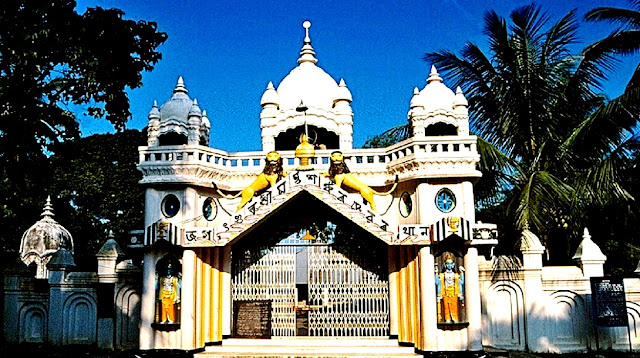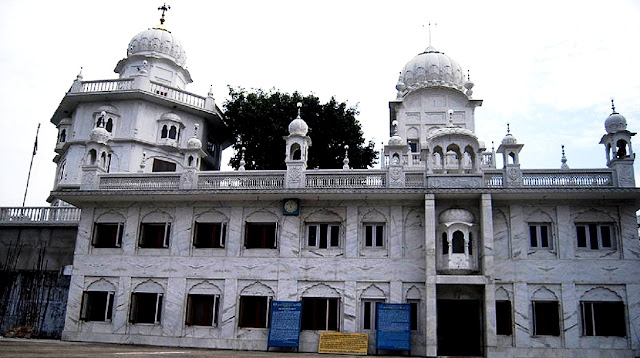Barpeta District

Barpeta District is a district in the state of Assam with its administrative headquarters in Barpeta city. Barpeta is an important religious place known by the names of Tatikuchi, Porbhita, Mathura, Vrindavan, Chaukhutisthan, Nabaratna-Sabha and many others. When the great saint Shriman Shankardev came to Barpeta, he started many sessions or religious places in this area and because of these sessions, this place became a religious place. Because of this, Barpeta city is also called 'Boikunthpuri Dham' Before British rule, Barpeta place was an important part of Koch-Hajo and Ahom Empire. Barpeta region was ruled by different rulers like Varman, Salsthamus, Palas, Kamata and Koches during different periods. Area of Barpeta District The geographical area of the district is 2,282 sq km. And it is surrounded by the hills of Bhutan in the north, Kamrup district and Goalpara district in the south, Nalbari district in the east and Bongaigaon district in the west. The district consist



